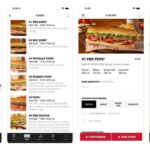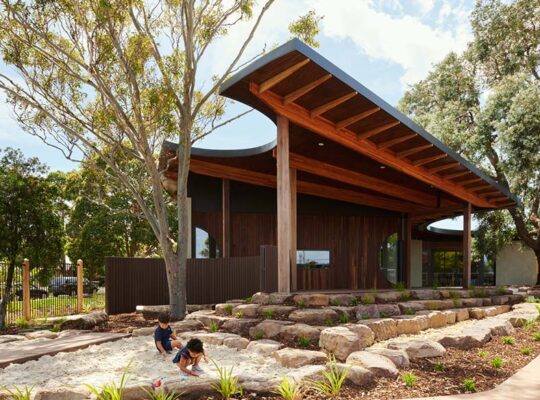In recent years, the trend of creating restaurant delivery apps has gained traction among restaurant owners. Despite the presence of established platforms like Uber Eats, Grubhub, and DoorDash, many restaurants opt to develop their own delivery apps. But why?

Reasons for Building a Restaurant Food Delivery App
- Reduced Commission Fees: Third-party food ordering apps often charge high commission fees, ranging from 5% to as much as 30%. By developing an in-house delivery app, restaurants can avoid these fees and retain more profits.
- Geographical Limitations: Some areas may not be serviced by third-party delivery companies, leaving restaurant owners with limited options for delivery. Creating their own app allows restaurants to reach customers in underserved areas.
- Quality Control and Customer Satisfaction: Third-party delivery platforms may face issues such as order delays and quality concerns. By managing delivery in-house, restaurants can ensure timely delivery and maintain food quality, enhancing customer satisfaction and loyalty.
Overview of Online Food Delivery Market
The online food delivery market is witnessing exponential growth, with revenue projected to reach $1.22 trillion by 2024. This rapid expansion underscores the importance of adopting innovative delivery solutions to stay competitive in the food and beverage industry.
Types of Restaurant Delivery Apps
Branded Mobile Application
Developing a branded mobile app enables restaurants to capitalize on the growing demand for online food delivery. By offering delivery and pickup options through their own app, restaurants can attract a wider customer base and increase revenue. Branded apps also empower restaurants to avoid hefty commission fees charged by third-party platforms.
Examples: Jimmy John’s and Domino’s have successfully implemented their own branded delivery apps, providing customers with seamless ordering experiences and timely deliveries.

Third-Party Platform
Partnering with third-party delivery companies offers convenience and access to a larger customer pool. These platforms handle logistics and provide restaurants with exposure to a wide audience, potentially boosting sales. However, restaurants must contend with commission fees and relinquish control over the delivery process.
Examples: DoorDash, Uber Eats, and Grubhub are leading third-party delivery platforms, connecting customers with a diverse range of restaurants and cuisines.
Hybrid Platform
A hybrid approach combines the advantages of both branded apps and third-party platforms. Restaurants develop their own app while outsourcing delivery services to third-party companies. This hybrid model enables restaurants to streamline transactions, reduce delivery costs, and maintain direct engagement with customers.
Example: Panera Bread pioneered the hybrid platform, leveraging its branded app to offer delivery services in collaboration with third-party partners.
Must-Have Features for a Restaurant Delivery App
For Customers:
- User Registration: Simplified sign-up process via email or social media accounts.
- Profile Management: Access to order history, saved payment methods, and favorite restaurants.
- Restaurant Locator: Easy navigation and search functionality to find nearby restaurants.
- Order Placement: Intuitive interface for placing orders with customization options.
- Payment Processing: Secure and seamless payment options, including credit cards and mobile wallets.
- Real-Time Tracking: Notifications and tracking features to monitor order status and delivery.

For Restaurants:
- Registration Portal: User-friendly interface for restaurant registration and menu management.
- Content Management: Tools to update menu items, prices, and promotions in real time.
- Order Management: Dashboard for receiving and processing incoming orders with tracking capabilities.
- Communication Channels: Integration with delivery partners for efficient order coordination and updates.
For Couriers/Drivers:
- Registration and Booking: Easy sign-up process and booking features for available deliveries.
- Order Management: Access to order details, pick-up/drop-off locations, and real-time updates.
- Communication Tools: Cross-interface communication for updating customers and restaurants on order status.
Cost Considerations for Food Delivery App Development
The cost of developing a food delivery app varies based on design complexity, features, platforms, and backend infrastructure. A simple app with basic features may take around three months to develop, while a more complex solution could require up to a year. It’s advisable to consult with a software development team to obtain an accurate estimate tailored to your project requirements.
In conclusion, developing a restaurant food delivery app offers numerous benefits, including increased revenue, enhanced customer satisfaction, and greater control over the delivery process. By understanding the different types of delivery apps and incorporating essential features, restaurants can leverage technology to thrive in an increasingly competitive market.


















